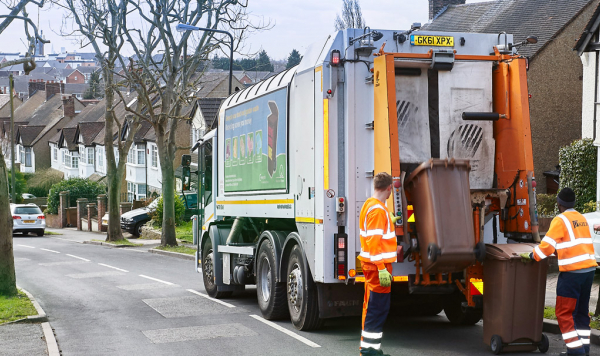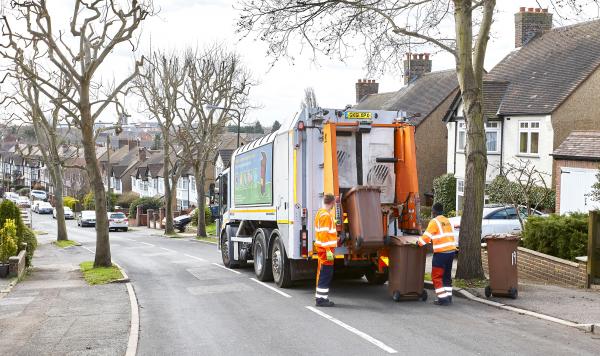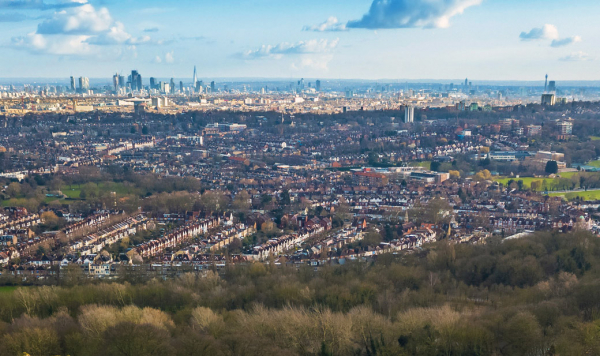Request
Much mention is made of the decision to take heat from the Edmonton incinerator in preference to decarbonising local heat in different ways, but I can't find any confirmation that these elements of the heat network have been included to back up statements of ‘lower carbon’: a) the embodied carbon of building the kilometres of pipework, b) embodied carbon of the Meridian Water Energy Centre (planning ref 18/4517/FUL) and the local energy centres, c) the effect of losing heat through the pipes nor d) the carbon implications of heat demand being very variable day to day, season to season. These elements were not considered in Rambol’s 2019 Carbon Impact Report.
Arup's 2015 https://northlondonheatandpower.london/media/r04i55j2/ad05-06_chp_development_strategy_lores.pdf has a table at page 22 showing the effect on an annual basis of varying heat output and this can be extrapolated to assess how much electricity could be generated (again per year) if the 60MW of planned heat is output.
My questions are: 1) Will the heat output be varied on a day to day basis, according to expected demand? 2) Will there be 'wasted' heat that has incurred carbon emissions but is not needed and not used for generating electricity? Will the electricity generated vary on a day by day basis, depending on how much heat is needed? 3) How will the 'boiler' mentioned at page 13 https://issuu.com/nlhpp/docs/nlhpp_brochure_issuu?utm_medium=referral&utm_source=northlondonheatandpower.london be powered? and what will it be used for? 4) How many 'turbines' will there be, and will they be used to manage flexibility? 5) Do the calculations used to claim that heat from the incinerator is lower carbon than alternative heat technologies take into account the carbon losses described at the start?
Response
Further to our email acknowledging your Environmental Information Regulations request (reference 2023-222), our response is as follows.
You requested information on the heat network that will be supplied by the energy recovery facility being constructed as part of the North London Heat and Power Project. This network will be constructed and managed by Energetik, the London Borough of Enfield’s energy company. We have responded to your questions based on our understanding of Energetik’s plans from our ongoing discussions with them. Energetik would be better placed to provide further information about the heat network.
Question 1: ‘Will the heat output be varied on a day to day basis, according to expected demand?’
Yes, the balance of electricity and heat that is output by the energy recovery facility will vary depending on the heat demand at the time. There will be variations across the seasons and day-to-day. Energetik has constructed two large thermal stores to balance the day-to-day variations in demand and store heat during off-peak periods.
Question 2: ‘Will there be “wasted” heat that has incurred carbon emissions but is not needed and not used for generating electricity? Will the electricity generated vary on a day by day basis, depending on how much heat is needed?’
Heat that is output from the energy from waste facility for which there is no immediate demand will be stored in Energetik’s thermal stores until needed. The balance of heat and electricity output from the facility will vary depending on the heat demand at the time. As such, there will not be ‘wasted’ heat.
Question 3: ‘How will the 'boiler' mentioned at page 13 https://issuu.com/nlhpp/docs/nlhpp_brochure_issuu?utm_medium=referral&utm_source=northlondonheatandpower.london be powered? and what will it be used for?’
The boiler will be powered using residual waste as a fuel. Heat from the boiler will be used to generate steam to drive the facility’s turbine and generate electricity. It will also heat the water used to supply the heat network.
Question 4: ‘How many “turbines” will there be, and will they be used to manage flexibility?’
There will be one turbine. The turbine will have flexibility to vary the balance of electricity and heat that is output depending on the heat demand at the time. It will also have flexibility to manage changing steam loads as volumes of residual waste vary.
Question 5: ‘Do the calculations used to claim that heat from the incinerator is lower carbon than alternative heat technologies take into account the carbon emissions from the elements from a) to d) [listed at the beginning of this request]. Are these emissions counted when claiming that heat from the incinerator is lower than the alternative heat?
The heat network is being delivered by Energetik. While they have provided us with information on the environmental performance of the heat network in the past, we do not hold information on the embodied carbon or carbon emissions relating to the elements listed as a to d in your request. Energetik would be better placed to provide this information and can be reached through their website (energetik.london/contact).
If you are dissatisfied with the handling of your request, you may ask for an internal review, which should be submitted within two months of when you received our response to either informationrequests@nlwa.gov.uk or enquiry form quoting the above reference.
If you are not content with the outcome of the review, you may complain to the Information Commissioner, Wycliffe House, Water Lane, Wilmslow, Cheshire, SK9 5AF, or via their online portal. The Information Commissioner will not usually accept complaints before a review has been completed.




